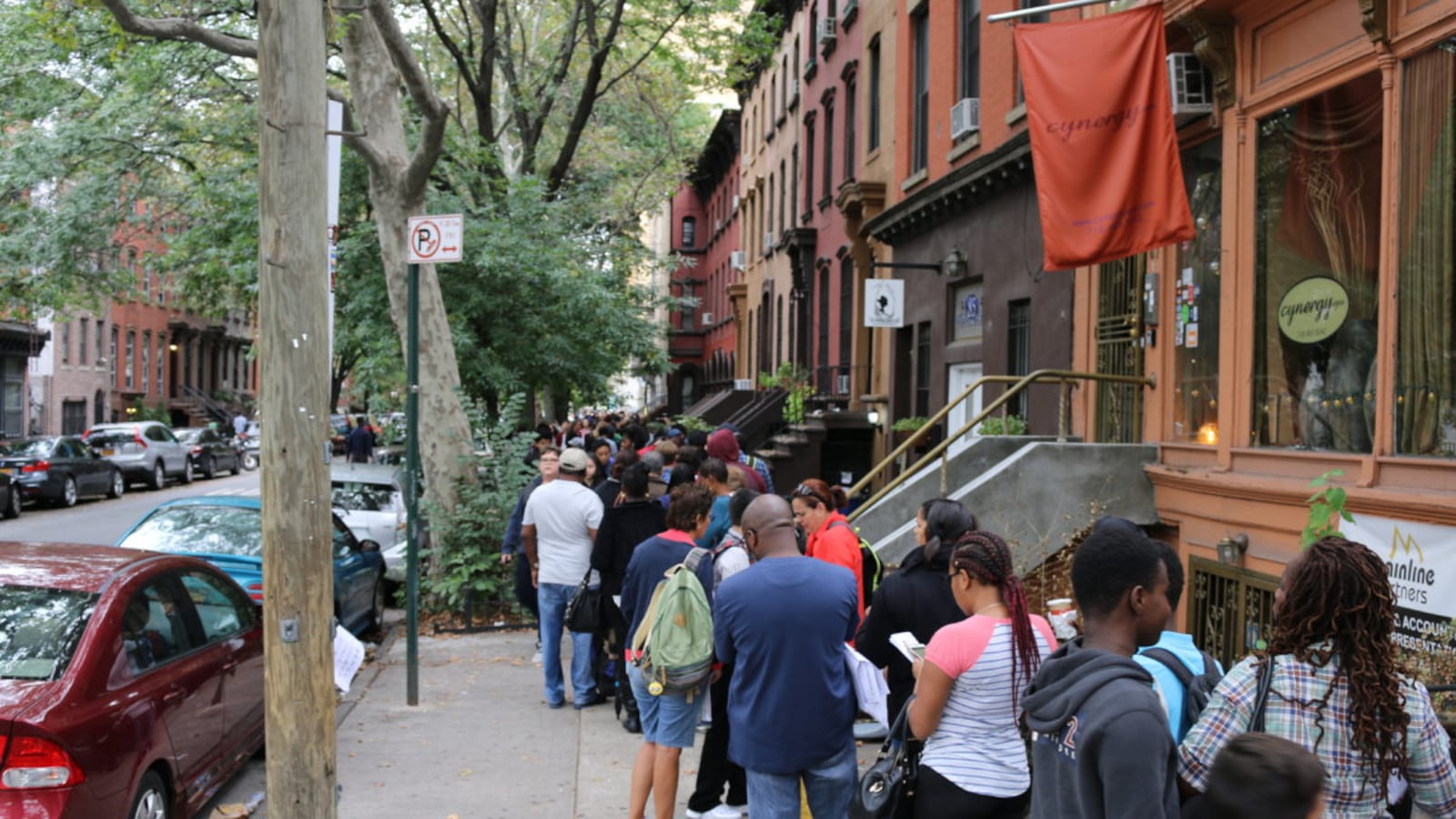The city’s high school choice system should allow any student, regardless of where they live, to apply to any high school. While is it true students have that option on paper, a new report from the city’s Independent Budget Office provides yet another illustration of the system’s real-life limits.
The report suggests that students’ backgrounds — including their test scores, middle schools, and where they live — influence the schools they pick as their first choices.
“The idea [behind school choice] was to break the link between where you live and where you go to school,” said Joydeep Roy, a senior economist in the IBO’s office who worked on the report. “What we find is, it’s not that simple.”
The study examines the effect middle schools have on students’ high school choices. It finds, for instance, that students at low-performing middle schools are more likely to apply to less competitive high schools with lower graduation rates than their peers at other schools.
Importantly, that trend holds even if students themselves are high-achieving. Students who scored in the top third on the seventh-grade state math exam but attended low-performing middle schools chose high schools with an average graduation rate of 83 percent. Students in the same achievement category at high-performing middle schools picked schools with an average graduation rate of 90 percent.
Roy considers that an important finding since it bucks the idea that students choose high schools purely on their academic merits.
“Not all high-scoring students are the same, and not all low-scoring students are alike,” Roy said.
The IBO study suggests that soft factors such as the quality of information provided by middle schools and the choices peers make might contribute to this trend. The authors also find that geography influences a student’s high school choices. Students from Staten Island, Brooklyn, and lower-achieving students in the Bronx are less likely than other students to travel long distances to attend school, they found.
These ideas are consistent with a Chalkbeat series highlighting the barriers some students face while going through the high school admissions process. Often, there are informal reasons families have trouble applying to high schools, such as misinformation spread at the citywide high school fair or difficulty attending an open house, both of which can factor into admissions.
The report relies mainly on data from the 2011-12 school year. Since then, the city says it has worked to make the admissions process smoother by sending out translated copies of the High School Directory to middle schools, for instance, and launching an online, interactive version of the directory.
“Since the 2011-12 school year, we’ve taken concrete steps to improve the high school admissions process for students and families,” said Department of Education spokesman Will Mantell.
Still, there is a long way to go before the city overcomes the relationship between where a student lives and where they go to school, Roy said.
“High school choice by itself will not break this link.”

